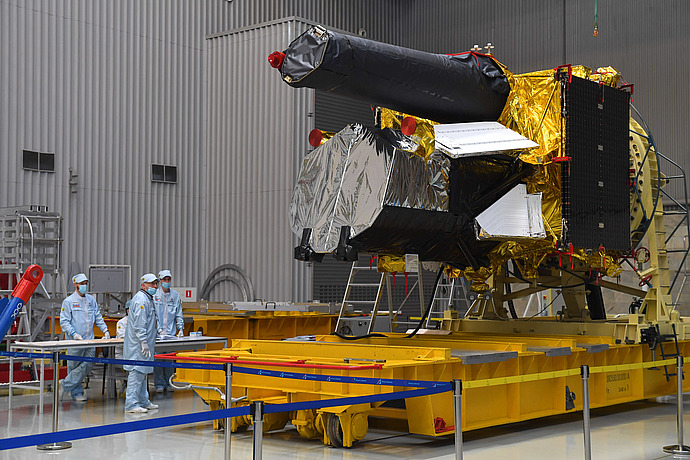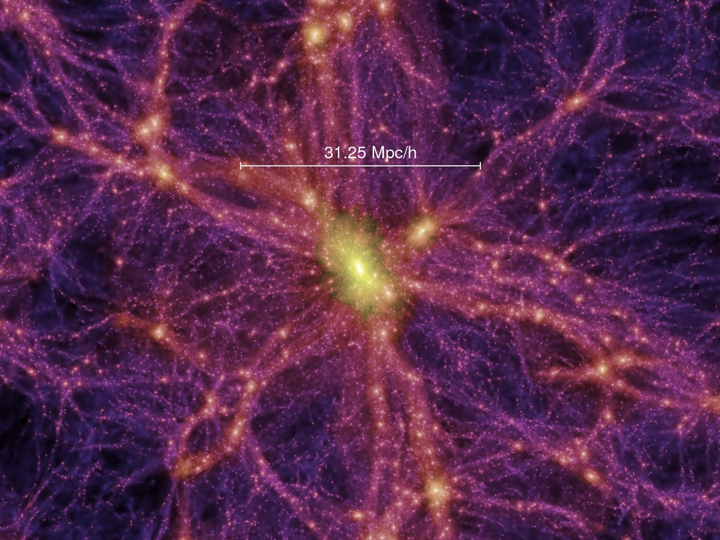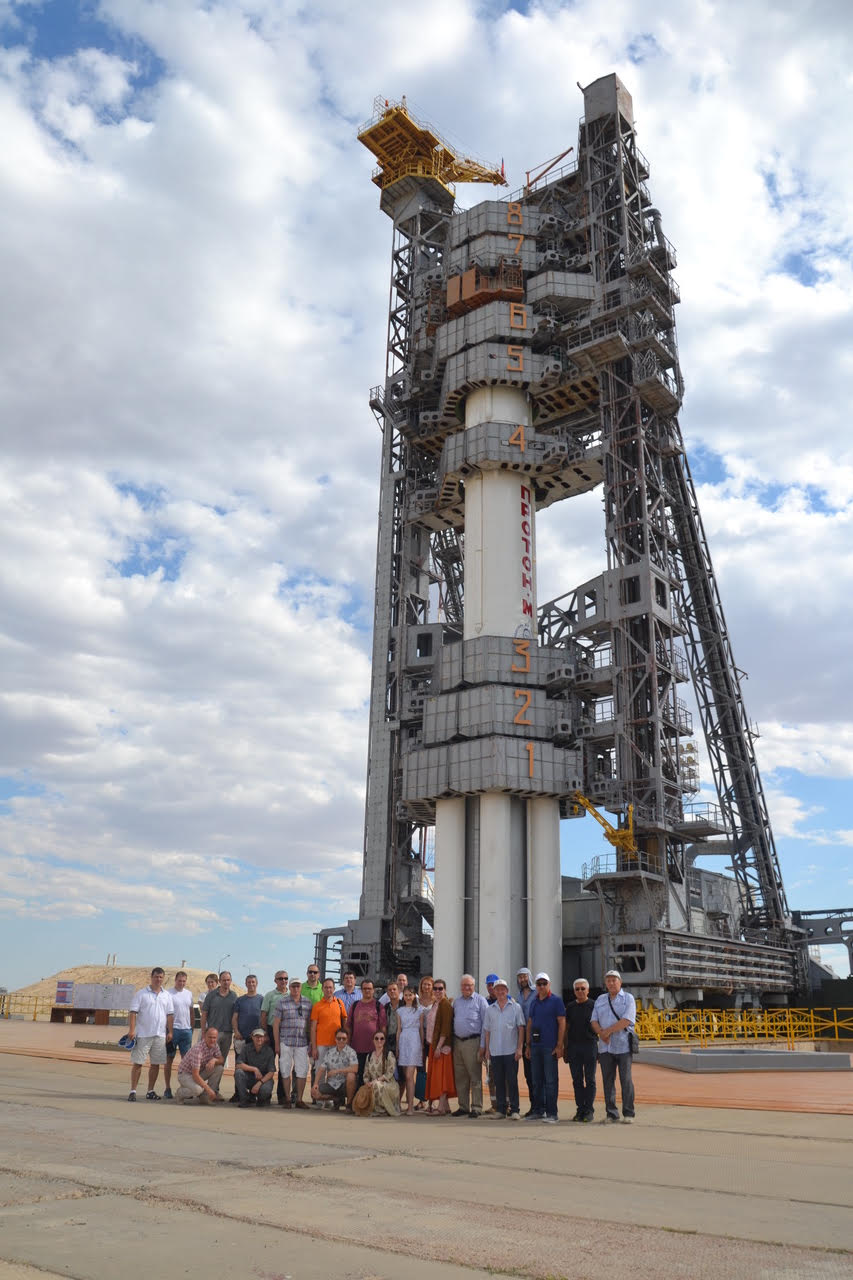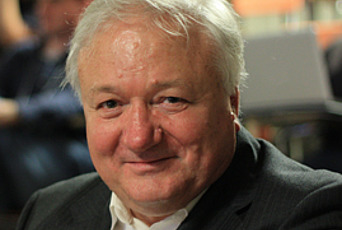
Hunt Is on for Dark Energy as SRG X-Ray Telescopes Take Flight
A pioneering mission that traces its roots back to the Soviet Union achieved liftoff on July 13, 2019. Rashid Sunyaev, Maureen and John Hendricks Distinguished Visiting Professor in the School of Natural Sciences, helped conceive of the venture more than 15 years ago. Sunyaev serves as the Scientific Head of the project in Russia and will lead scientific analysis and operation planning for the mission in Russia.
Watch the launch of the Proton-M—a three-stage rocket, booster, and spacecraft, exceeding 57 meters in length altogether—which began its journey from the Baikonur site in Kazakhstan, and continues to the second Lagrangian Point, 1.5 million kilometers from the Earth, where the Sun, Earth, and the Moon will all remain on one side of the orbital observatory.
The Russian mission with broad German participation and a contribution from NASA Marshall Space Flight Center, called Spectrum-Roentgen-Gamma (SRG), promises a trove of data for researchers to probe the largest structures of the universe and perhaps reveal clues into the hidden primordial forces of the cosmos, dark energy, and dark matter.
“Have you seen your body in X-rays? It looks completely different,” says Sunyaev, who spoke with a Nature reporter about the mission. “We will do the same with the universe.”
Enduring several starts and stops, the mission has steadily grown in ambition and is slated to produce a comprehensive X-ray map of the cosmos. The all-sky survey, which will take about half a year to complete, will give researchers a new way to track the expansion and acceleration of the universe. During the mission, the telescopes will continuously scan the sky, producing eight full maps over a four-year period. Repeated exposures will increase the sensitivity of observations and allow scientists to track the variability of millions of X-ray sources.
The project aims to detect all of the approximate 100,000 clusters of galaxies of 200 trillion solar masses or greater in the observable universe. Each of these clusters is estimated to be composed of 80% dark matter of an unknown nature. The gravity of these clusters is extremely strong and can propel galaxies within them at velocities of over 1,000 kilometers per second. SRG also estimates that it should detect up to three million supermassive black holes, as many as 700,000 stars in the Milky Way, and various X-ray sources throughout the galaxy from accreting white dwarf stars to supernovae remnants.

The primary instruments include two independent X-ray telescope bundles: the German-built eROSITA (Extended Roentgen Survey with an Imaging Telescope Array) and Russian ART-XC (Astronomical Roentgen Telescope—X-ray Concentrator) with grazing incidence X-ray mirrors supplied by Marshall Space Flight Center in Huntsville, Alabama. eROSITA will have the capacity to detect “soft” and “standard” X-rays, while ART-XC is preparing to detect “hard” X-rays, higher energy photons, that can provide a better view of the supermassive black holes at galactic centers, as they more easily pierce through the obstructing clouds of gas and dust.
While all matter as we know it only makes up four percent of the energy density in the universe, dark matter and dark energy, which have never been directly observed, make up 26 and 70 percent, respectively. The unknown nature of dark matter and dark energy is one of the most fundamental gaps in our understanding of the universe.
By examining the galactic meshwork of the cosmos, the SRG mission may be able to shed new light on dark energy and how this mysterious force is involved in the accelerating expansion of the universe. SRG will also investigate the distribution of ordinary matter and dark matter—which determines how and where galaxies form—and look for direct hints as to the nature of dark matter particles.



